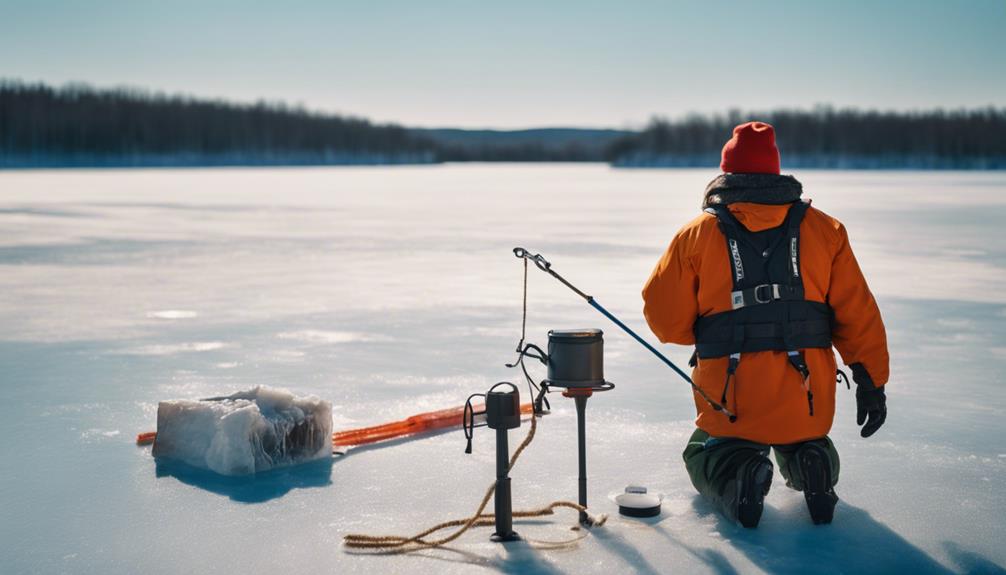Fishing is a beloved pastime for many, offering both relaxation and the thrill of the catch. However, before casting your line, it’s essential to understand the regulations that surround fishing, particularly the cost of obtaining a fishing license. In this comprehensive guide, we will explore the factors that influence how much a fishing license for a year costs, the types of licenses available, and other crucial information for prospective anglers.
The Basics of Fishing Licenses
To begin with, it’s important to understand what a fishing license is and why it is necessary. A fishing license is a legal document issued by state authorities that allows individuals to fish in designated waters. The revenue generated from fishing licenses helps fund wildlife conservation efforts, ensuring that fish populations remain sustainable and that natural habitats are preserved. The cost of a fishing license for a year can vary widely depending on several factors, including your location, age, and the type of fishing you plan to do.
Factors Influencing Fishing License Costs
The price of a fishing license for a year can depend on various factors. One significant aspect is your geographic location. Each state in the U.S. has its own regulations and pricing structures for fishing licenses. For instance, states with rich fishing resources may charge higher fees. Additionally, resident versus non-resident status can significantly affect costs. Non-residents typically pay more for a fishing license than local anglers. Other factors include the type of fishing (freshwater vs. saltwater), the duration of the license (annual vs. temporary), and age-related discounts for seniors or youth.
Types of Fishing Licenses Available
When considering how much a fishing license for a year will cost you, it’s essential to know the different types of licenses available. Most states offer several categories, including:
1. Resident and Non-resident Licenses: As mentioned, residents generally pay lower fees.
2. Annual Licenses: These are valid for a full year and are ideal for regular anglers.
3. One-day Licenses: Perfect for occasional fishers, these allow you to fish for a single day.
4. Special Licenses: Certain states offer licenses for specific types of fishing, such as saltwater fishing or fishing in designated areas.
Understanding these types will help you decide which license fits your needs best and how much you should expect to pay.
Typical Costs of a Fishing License
So, how much is a fishing license for a year? The answer varies widely. On average, annual fishing licenses can range from $20 to $100, depending on the state and the type of fishing. For example, states like California and New York may charge around $50 to $80 for resident licenses, while states like Arkansas may offer them for as low as $20. Non-resident licenses can be significantly higher, sometimes exceeding $100. Keep in mind that many states also have additional fees for special permits or stamps required for fishing in specific waters or during certain seasons.
Where to Purchase Your Fishing License
Obtaining a fishing license is more accessible than ever, thanks to online services. Most state wildlife agencies offer the option to purchase licenses through their official websites. You can also find licenses at local sporting goods stores, bait shops, and sometimes even at larger retail chains. When purchasing online, ensure that you are on the official state website to avoid scams or overcharges. Having your fishing license readily available is crucial, as many states require you to have it on hand while fishing, or you may face fines.
Importance of Following Fishing Regulations
Understanding how much a fishing license for a year costs is just one aspect of responsible fishing. Equally important is adhering to fishing regulations. These rules are in place to protect fish populations and maintain ecological balance. Regulations may dictate the types of fish you can catch, size limits, and specific seasons when fishing is allowed. Violating these regulations can result in hefty fines and may even lead to losing your fishing privileges. Always familiarize yourself with state regulations before heading out on your fishing adventure.
Discounts and Special Licenses for Certain Groups
Many states offer discounts on fishing licenses to specific groups, such as seniors, veterans, and children. For instance, senior citizens may be eligible for reduced fees or even free licenses in some states. Additionally, many states offer family licenses or multi-year licenses that can save you money if you plan to fish regularly. If you belong to any of these groups, be sure to inquire about available discounts when purchasing your fishing license.
The Benefits of Having a Fishing License
Investing in a fishing license not only allows you to fish legally but also contributes to the conservation of aquatic ecosystems. The funds generated from fishing licenses are often reinvested into maintaining fish habitats, conducting research, and promoting sustainable fishing practices. Additionally, having a fishing license can enhance your overall fishing experience. It ensures that you are following the law and gives you access to various fishing spots that may otherwise be restricted. The peace of mind that comes with knowing you are fishing responsibly is invaluable.
In conclusion, understanding how much a fishing license for a year costs is crucial for any angler. By considering the factors that influence pricing, exploring the types of licenses available, and adhering to fishing regulations, you can enjoy a fulfilling and responsible fishing experience. Whether you’re a seasoned angler or a novice, investing in a fishing license is the first step toward a rewarding adventure on the water. Happy fishing!
